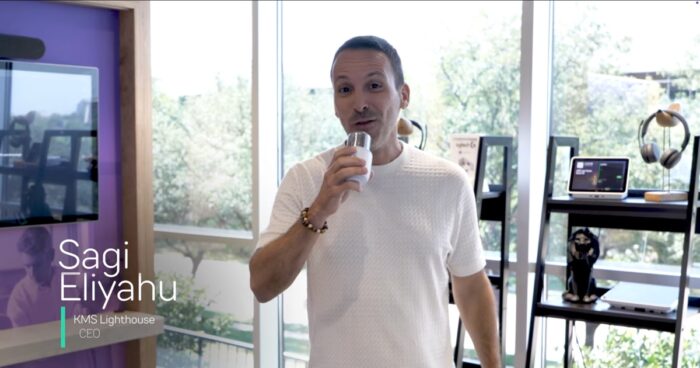These are the metrics that matter when tracking customer service:
- Total volume by channel
- Response time
- First contact resolution rates
- Hold time and abandonment rates
- WOW factors
Total Volume by Channel
This metric is significantly crucial to tracking customer service. The total volume of support queries will serve as a baseline figure for comparison as well as being a component of other metrics. Determining the channel that operates most effectively can work to your advantage. One company deleted the phone number from their website after discovering that resolving tickets via email was providing superior customer service and better user experience. By focusing on the channel that works best for your customers, you will improve UX.
Response Time
Slow service can kill your best efforts at providing excellent experiences. A key metric is the 24-hour response rate, or the capability to resolve tickets in 24 hours. However, resolving customer issues more quickly is becoming the norm in the fast-paced, mobile device era.
First Contact Resolution Rates
Quick response times are critical to success, but first contact resolution rates will drop if the response quality is poor. Many customers will give you a second chance to solve their issues, but you improve customer loyalty with solving problems on the first try. Tracking customer service through first contact resolution rates is key to building a repeat customer base.
Abandonment Rates and Hold Time
Do you know exactly how many customers abandon their call or live chat due to lengthy hold times? This metric will give you that data and allow you to refine your support system. Many companies attempt to provide live help within five minutes to reduce abandonment rates. Engaging the customer quickly will prevent the loss of potential prospects and happy customers.
WOW Factors
It can be difficult to quantify the WOW factors that build customer loyalty and drive recommendations. However, some statistics can help measure those factors. These include:
- Did the representative attempt to create a personal emotional connection?
- Did the representative address unstated needs?
- Did they attempt to keep rapport throughout the encounter?
While this metric may be difficult to track across every customer interaction, you can survey several to determine if your team is on track. It can also be used during training of new employees to help optimize the WOW factor.
Qualitative data is just as crucial as quantitative data when tracking customer service. However, the metrics will provide concrete information about the success or failure of your overall efforts to improve the user experience.


